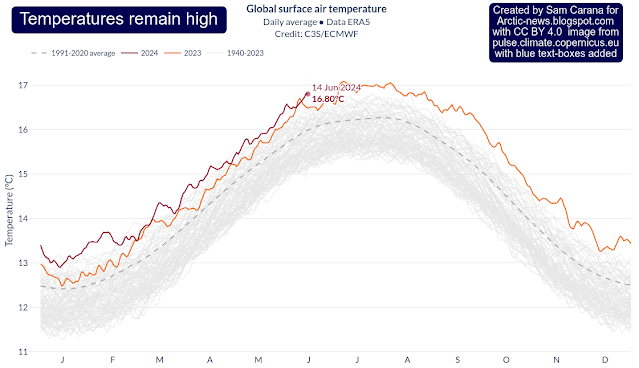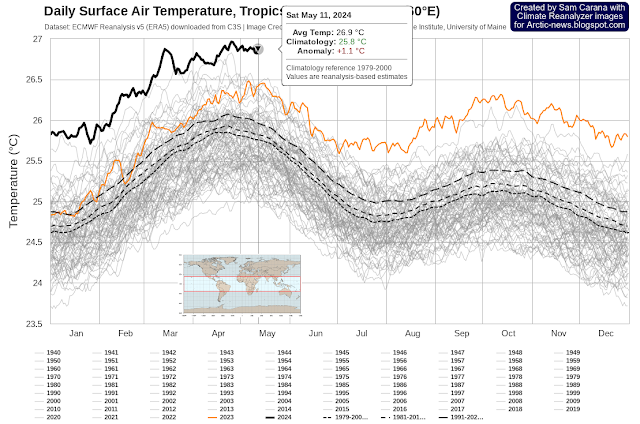NASA Analysis Finds Strong El Niño Could Bring Extra Floods This Winter
In Brief: Such high-tide flooding that inundates roads and buildings along the west coast of the Americas tends to be uncommon outside of El Niño years, but that could change by the 2030s. An analysis by NASA’s sea level change science team finds that if a strong El Niño develops this winter, cities along the … Read more










